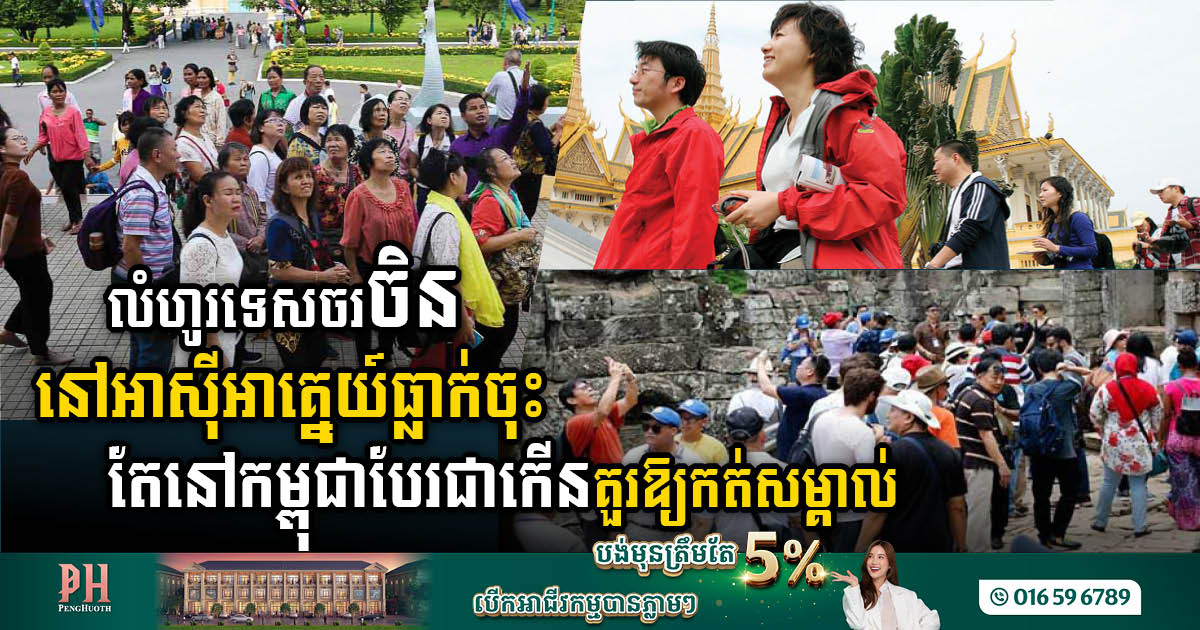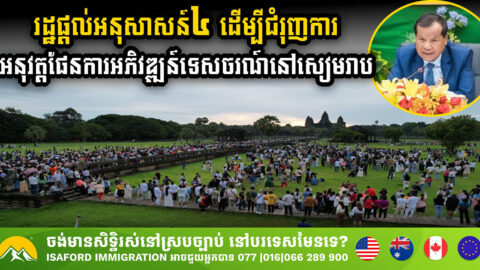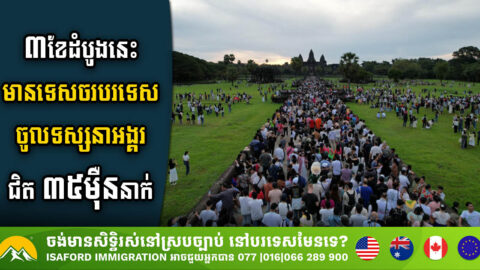Siem Reap Tourism Development Plan Receives Government Recommendations for Effective Implementation
His Excellency Thong Khon, Senior Minister overseeing Special Mission and Chair of the Siem Reap-Angkor Tourism Management and Development Commission (STMDC), outlined four key recommendations to enhance the implementation of the Siem Reap Tourism Development Master Plan, as advised by Cambodian government. During the inaugural meeting of the Siem Reap-Angkor Tourism Management and Development Committee […]
MoE Initiates Green Recreation Initiatives in Two Major Cambodia’s National Parks
The Ministry of Environment (MOE) is spearheading efforts to establish green recreation corridors in two of Cambodia’s cherished national parks: Preah Suramarit Kosomak “Kirirom” National Park in Kampong Speu Province and Preah Jayavarman-Norodom “Phnom Kulen” National Park in Siem Reap. HE Eang Sophalleth, Minister of Environment, unveiled these initiatives during meetings on April 18 and […]
Cambodia Welcomes 21.8 Million Tourists During Four-Day Khmer New Year Celebration
Over the course of the four-day Khmer New Year celebration, from April 13th to 16th, Cambodia played host to an impressive influx of tourists, both domestic and international, totaling 21.8 million visitors. This significant turnout reflects the nation’s enduring appeal as a cultural and tourist destination, with particular hotspots emerging in provinces such as Kampong […]
Cambodia Generates US$16.5 Mil Revenue in Three Months from Angkor Ticket Sales
In the first quarter of 2024, Cambodia has amassed an impressive revenue of US$ 16,533,293 from the sale of Angkor tickets, attracting a total of 347,534 foreign tourists. This substantial income surge, marking a 48.47% increase compared to the same period in 2023, underscores the enduring allure of Angkor Wat as a premier tourist destination. […]
Kampong Cham Province Plans Construction of Tourism Standard Port
The Ministry of Public Works and Transport (MPWT), in collaboration with the Kampong Cham Provincial Administration, conducted an inspection and evaluation of a potential site along the riverbank in Kampong Cham City for the development of a tourism port. Led by HE Kim Sann, Under-Secretary of State of the MPWT, and Mr Heng Vanny, Deputy […]
Saudi Arabia to Welcome World’s First ‘Dragon Ball’ Theme Park Covering 500km2 of Land Area
Toei Animation has announced that Saudi Arabia will be the site of the world’s inaugural theme park based on the beloved “Dragon Ball” franchise, marking a significant milestone in entertainment ventures. The Japanese studio has entered into a strategic partnership with the Saudi government’s Public Investment Fund (PIF), with the latter funding construction and associated […]



 ខ្មែរ
ខ្មែរ







